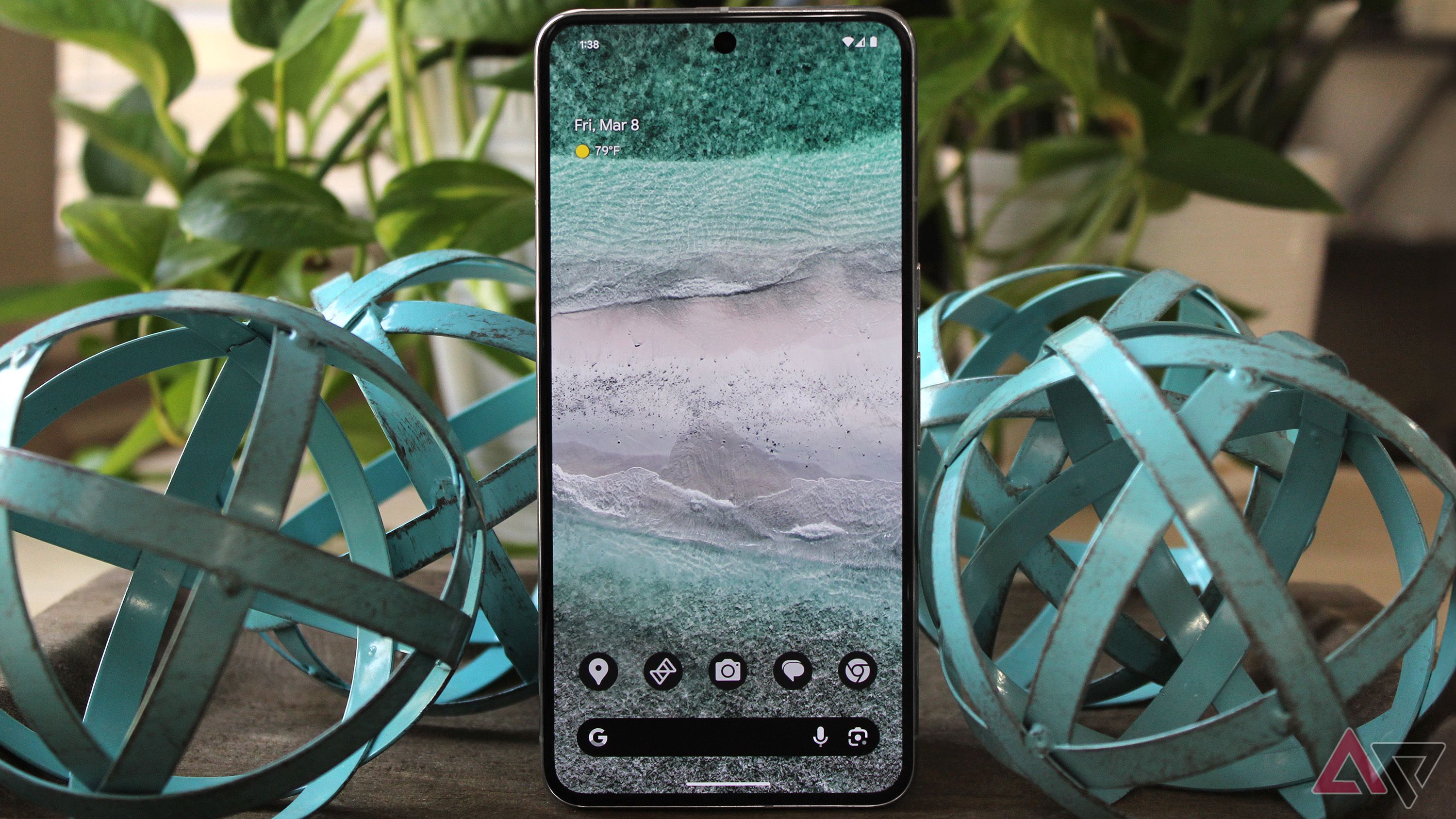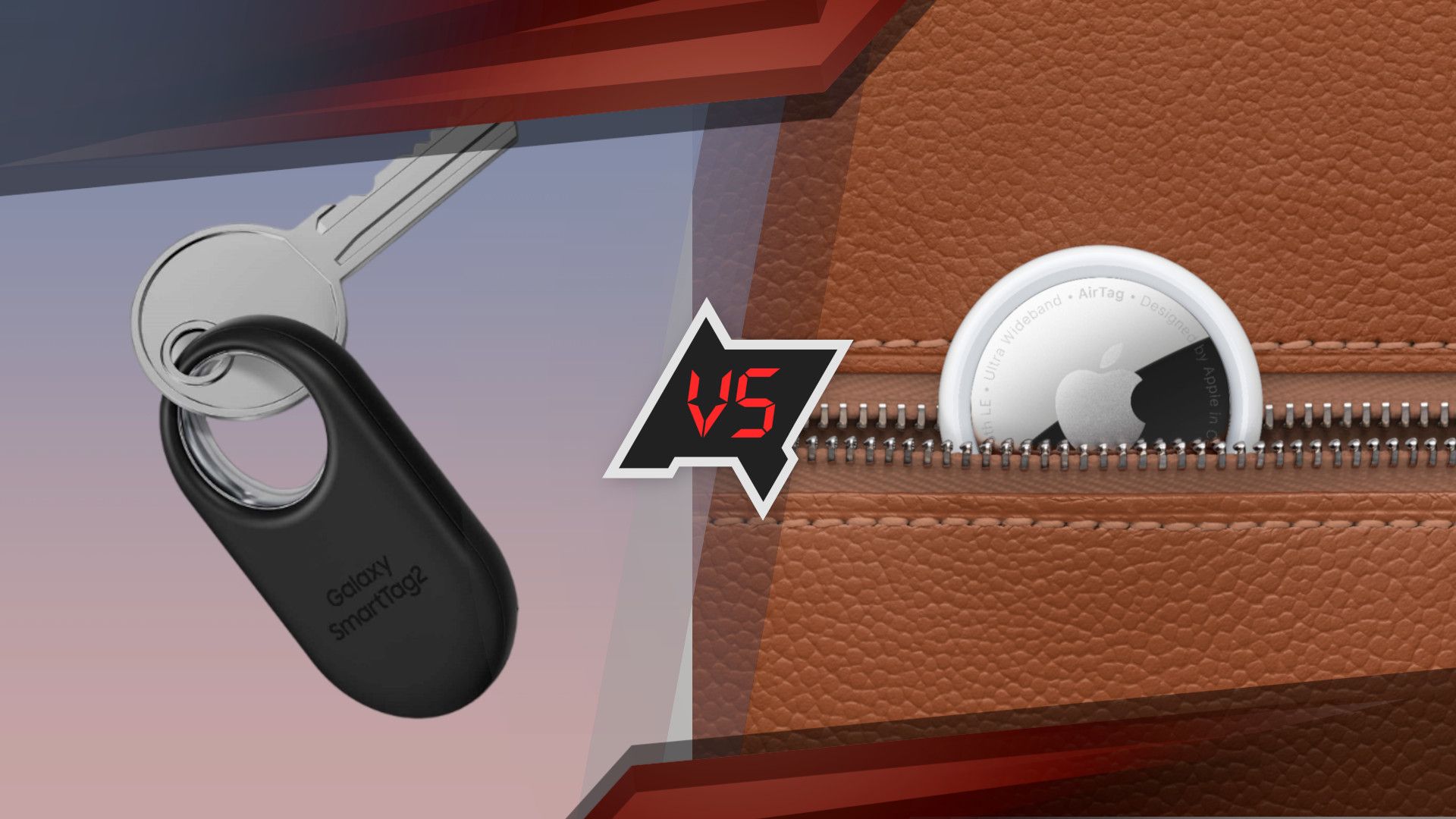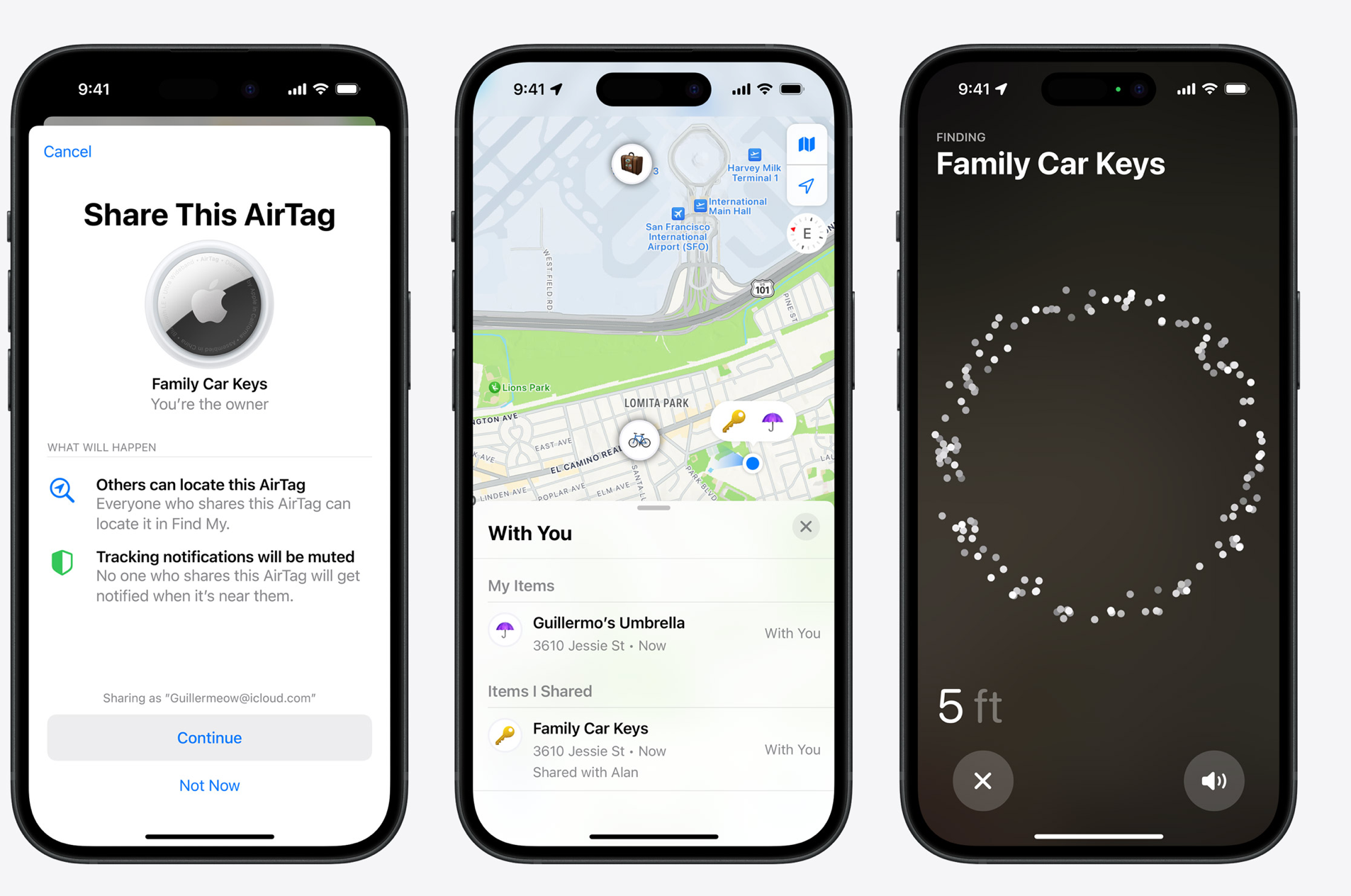AirTags and other Bluetooth trackers are meant to make your life easier. You can use them to find your keys or purse, track your luggage, or keep tabs on important items. Although they’re commonly called Bluetooth trackers, AirTags and some other similar devices use both Bluetooth and ultra-wideband (AKA UWB) for location tracking. Due to their small size, Bluetooth trackers can be easily lost or misplaced. They can be misused by thieves and stalkers to track your location and belongings without your knowledge.
Google and Apple are aware of this and have jointly introduced features to let you find rogue AirTags. There are also third-party apps are available that help you detect other Bluetooth trackers. This guide walks you through the process of finding Bluetooth trackers, whether you use a budget Android phone or a high-end model.

How to enable ultra-wideband (UWB) on your Android phone
Manage your car, smart home devices, and precisely locate lost items by using UWB on Android
How do Bluetooth trackers work?
Bluetooth trackers help you keep an eye on your belongings. There are many options to choose from. You can get an Apple AirTag or explore options from manufacturers like Samsung, Cipholo, and Tile. All trackers have an internal power source (a battery), a chip, and an antenna to make things work. Some come with a built-in speaker so that they can be easily located. Also, Bluetooth trackers are accompanied by a mobile app to let you track the location of the object they are attached to.
Most trackers work on the same principle. They use a low-energy form of Bluetooth (Bluetooth LE) and/or UWB to connect to your smartphone. Each Bluetooth tracker comes with its own universally unique identifier, a UUID, which makes sure the tracker cannot be tracked by others and its location is only known to the owner. However, the owner of the tracker can decide to share it with their friends and family, allowing them to track it from their phones.
There’s more to it. Bluetooth trackers also connect to devices from other people, but they do it in a way that keeps your identity secret. For instance, AirTags use Bluetooth signals to link with any nearby device in Apple’s Find My network without revealing your details; they can use Apple’s “Precision Finding” feature, thanks to built-in UWB on newer iPhones (iPhone 11 and later). And with the release of iOS 17, Apple lets you share AirTags with up to five people in your household.
Source: Apple
And while Apple had a significant head start, Samsung’s SmartTag 2 uses UWB and Bluetooth for location tracking as well. There’s also Tile, which has its own crowdsourced network and works with any phone that has Bluetooth connectivity.
Apple’s AirTags are designed for iPhones, but Android users can find unexpected AirTags around them using the free Tracker Detect app. The app works with any item tracker that supports Apple’s Find My network, including AirTags and devices from other manufacturers like Chipolo and Pebblebee.
If the Tracker Detect app finds an unknown Bluetooth tracker around you, it flags it and gives you instructions on how to learn more about the tracker and how to turn it off. Follow the steps below to find Bluetooth trackers using Apple’s Tracker Detect app.
- Download the Tracker Detect app from the Play Store.
- Open the application and agree to the terms and conditions.
- Tap the blue Scan button to search for nearby items. If this is your first time using the app, you’re asked to give access to Bluetooth.
- After the search is complete, you’ll see nearby AirTags and other Bluetooth tracking devices in the results. If you don’t find anything, try the scan again later. The tracker must be separated from its owner for more than 15 minutes to appear.
- Tap any AirTag or Bluetooth tracker the app finds.
- Tap Play Sound to make the tracker ping to help find it. The tracker must be within Bluetooth range of your phone for 10 minutes or more to play a sound.
Google introduced Unknown tracker alerts for Android users during I/O 2023 and started the wider rollout of the feature in August 2023. You’ll receive an unknown tracker alert when someone else’s tracker device is separated from them and detected as traveling with you and out of Bluetooth range from the owner. The safety feature is available on Android 6.0 and above.
However, Unknown tracker alerts only work with Apple AirTags. During our testing, we found the alerts are activated by default. You can choose to deactivate them from the settings.
How to find a tracker when you receive an alert
- If you see the tracker alert on your phone, tap it to open the map.
- On the map, find where the tracker has been detected traveling with you.
- Tap Play Sound and follow the sound made by the tracker to locate it.
How to manually scan for the tracker
Google also lets you manually check for Bluetooth trackers that are separated from their owners and currently near you.
- Open Settings.
- Scroll down to find Safety & Emergency and tap.
- Select Unknown tracker alerts.
- Tap Scan now. Your Android device takes about 10 seconds to complete a manual scan.
- You’ll find nearby trackers in the search results. Since this feature is only compatible with AirTags, you won’t see trackers from other manufacturers.
- Tap the unknown tracker in the list and tap Play Sound to locate it.
Many third-party apps can help you find Bluetooth trackers. In this tutorial, we used LightBlue, a free app available on the Play Store that can detect trackers from any manufacturer. LightBlue shows you all Bluetooth devices within range, including smartwatches, earbuds, and keyboards. To find your Bluetooth tracker, move away from other devices.
- Download the LightBlue app from the Play Store
- Open the app and tap the Scan button on the bottom to find nearby trackers
- You’ll see the list of nearby Bluetooth devices after the scan is complete. AirTags or other Bluetooth trackers usually appear as an Unnamed.
- To locate the Bluetooth tracker near you, keep an eye on the RSSI value (the value mentioned with dBm) and signal strength bars next to the tracker in the list, and walk around, bringing the app with you. As you get closer to the tracker, the RSSI value becomes less negative, and when you’re within a specific range, more of the signal bars turn blue.

Samsung Galaxy SmartTag 2 vs. Apple AirTag: Top tech trackers
Is Samsung’s smart tracker more powerful than Apple’s offering?
What to do when you find a Bluetooth tracker?
If you find a tracker, you can decide what to do with it. You can tap the Bluetooth tracker with an NFC-compatible Android phone to know its serial number or information like the last four digits of its owner’s phone number. You can also remove the back cover and look for the serial number inside the tracker.
Apple recommends removing an unknown AirTag’s battery. Push down and twist counter-clockwise on the back of the tracker to take the cover off. These instructions may not work for all Bluetooth trackers, but removing the battery should turn off location tracking on most. You can also contact your local law enforcement agency if you find an unknown tracker nearby; Apple works with law enforcement agencies worldwide to provide assist AirTag issues.
A Bluetooth tracker is like a double-edged sword. While it helps you find your belongings, nefarious folks could use it to stalk you. You might be aware that Google also tracks your web browsing history, location, app activities, and more on your Android phone. While it isn’t possible to go on without using Google services, there are steps you can take to protect your digital privacy online.
Source link


